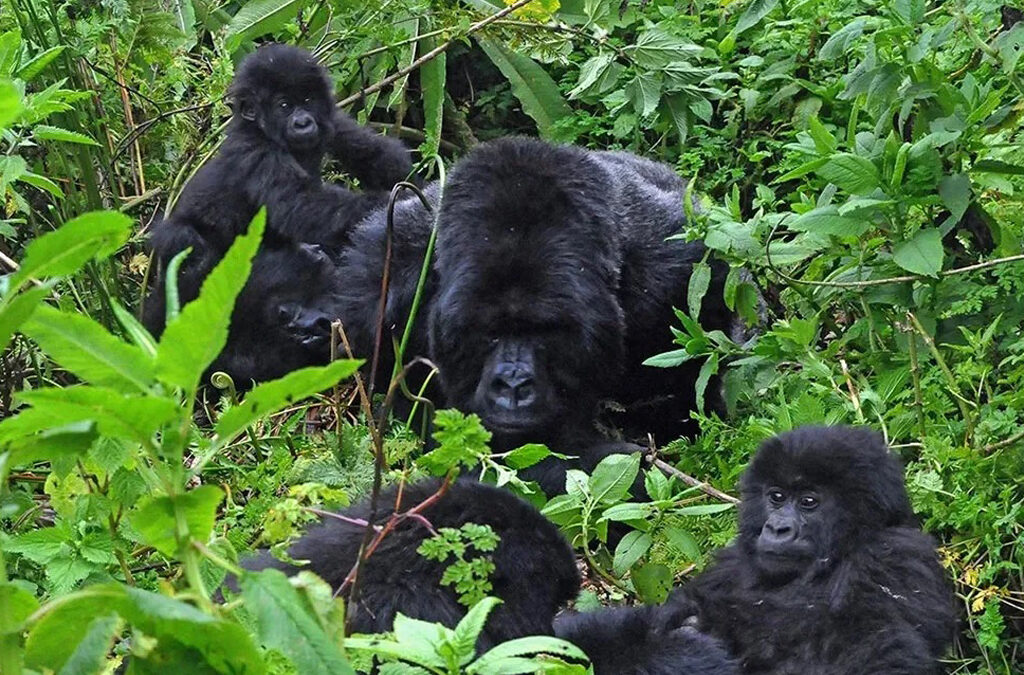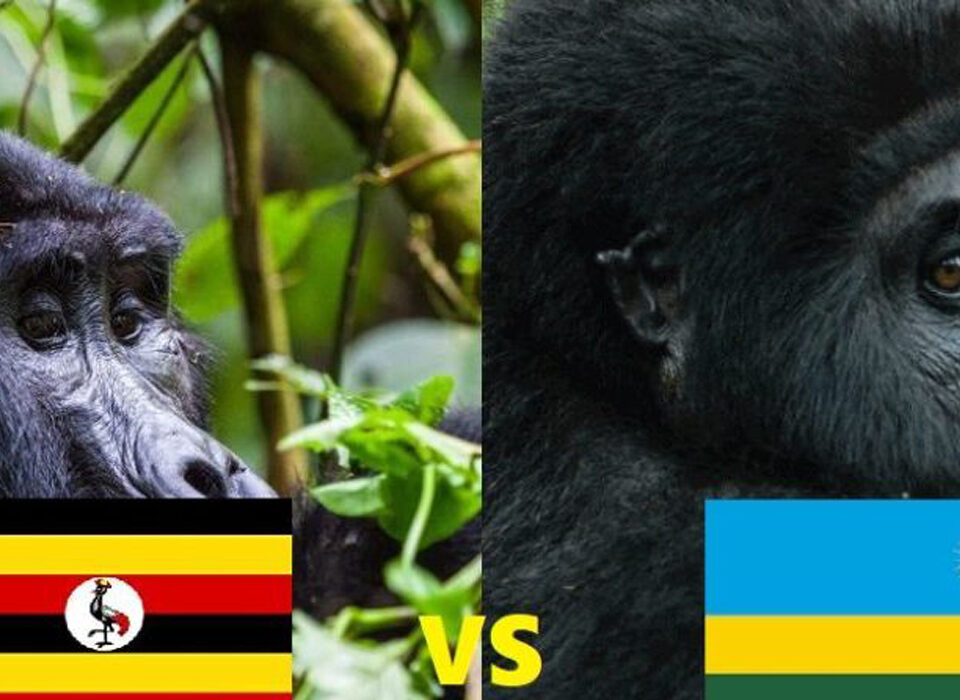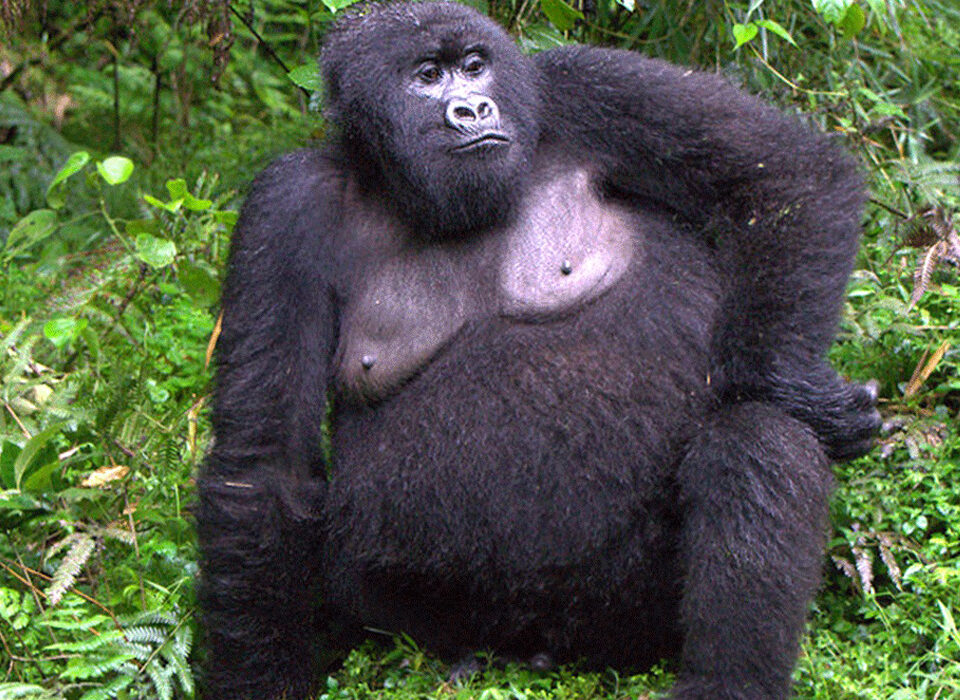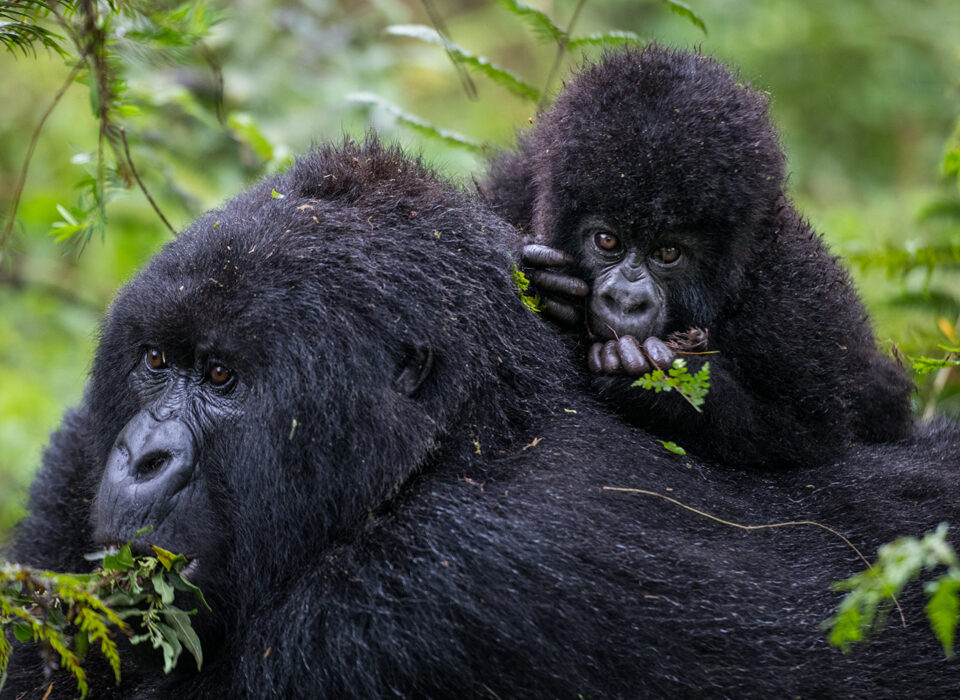- GET IN TOUCH WITH US:
- +256 753518160
- +256 777842166
- info@experiyatourcompany.com

Unique Behaviors of Ishasha’s Tree-Climbing Lions
October 10, 2025
The Economics of Gorilla Permits: Where Does the Money Go?
October 10, 2025Is Gorilla Habituation Worth the Money?

Yes, gorilla habituation is absolutely worth the higher cost for many travelers. This exclusive experience offers a longer and more intimate encounter with semi-habituated mountain gorillas. Visitors spend up to four hours in the company of a small group of just four people. They join researchers and trackers in the field, gaining rare insight into gorilla behavior while directly supporting vital conservation efforts through their permit fees.
Unlike standard gorilla trekking, gorilla habituation provides a once-in-a-lifetime opportunity that is not available in Rwanda or the Democratic Republic of Congo. It allows more time for observation, photography, and meaningful connection with these magnificent primates in their natural habitat.
Why Gorilla Habituation Is Worth the Money
A More Immersive Experience
Gorilla habituation offers a deeper and more immersive experience compared to standard gorilla trekking. While a typical trek allows just one hour with a gorilla family, habituation grants you four full hours of observation. This extended time gives travelers the chance to watch gorillas feed, groom one another, nurture their young, and interact within their group.
Spending more time in their natural habitat enhances understanding of their complex social behavior and emotional intelligence. It also provides greater opportunities for natural photography and quiet reflection. For those seeking a deeper and unhurried wildlife encounter, gorilla habituation is an ideal choice.
An Educational Experience
This special adventure goes beyond mere observation—it’s a hands-on learning experience. Participants join expert trackers and researchers who guide them through the forest, interpreting gorilla behavior, feeding patterns, and communication methods.
You’ll witness firsthand how scientists collect data and monitor the progress of the habituation process. As you observe and discuss findings with professionals, you gain valuable insight into the complex world of gorillas and their ecosystem. This in-depth experience fosters a stronger appreciation for wildlife conservation and the scientific work that safeguards endangered species.
A Photographer’s Dream
The four-hour session in the gorillas’ natural habitat offers a tremendous photographic advantage. With more time and flexibility, photographers can patiently wait for perfect lighting, observe varied behaviors, and capture intimate, emotion-filled images.
The changing forest light, mist, and natural surroundings allow for diverse photographic compositions. Whether you’re a professional photographer or simply passionate about wildlife photography, gorilla habituation presents the perfect setting to create powerful visual stories that portray gorillas in their true, unguarded state.
A Meaningful Conservation Impact
Choosing gorilla habituation directly contributes to the conservation of mountain gorillas. Each permit fee helps fund ongoing habituation programs, anti-poaching patrols, and gorilla health monitoring. These programs are critical in ensuring that gorillas gradually become accustomed to human presence without stress or disruption.
Additionally, part of the revenue supports community development projects around the park. This helps local people benefit from tourism through employment, education, and healthcare. Therefore, your participation in gorilla habituation not only grants you a life-changing experience but also plays an essential role in protecting one of the planet’s most endangered species.
Other Important Things to Know About Gorilla Habituation
Cost of Gorilla Habituation in Uganda
Each gorilla habituation permit in Uganda currently costs USD 1,500 per person for foreign non-residents, USD 1,000 for foreign residents, and UGX 750,000 for East African citizens. The price includes park entrance fees, ranger guides, gorilla research support, and community development contributions.
You can also hire a local porter at a small fee to carry your backpack and equipment. This not only makes your trek easier but also supports local livelihoods, helping porters provide for their families and communities.
Where to Do Gorilla Habituation
Gorilla habituation is available only in Bwindi Impenetrable National Park in southwestern Uganda. The experience is conducted in the park’s southern sector, where two gorilla families—Bukingyi and Bushaho—are open to visitors. These groups are located in the Nkuringo and Rushaga areas, known for their scenic beauty and rewarding forest experiences.
Duration of the Experience
The gorilla habituation experience takes about four hours with the gorillas once located. However, finding them can take longer depending on their movement. The adventure begins early—usually around 7:30 a.m., an hour earlier than standard trekking. Since the return time is often after lunch, it’s advisable to carry packed food and enough drinking water.
Group Size and Age Limit
Only four visitors are allowed to join a gorilla habituation group per day. This small number ensures minimal disturbance to the gorillas and a more personal experience for travelers.
The age limit for gorilla habituation is 15 years and above. This is because the activity requires a reasonable level of physical fitness and maturity to follow the rules and safely navigate the forest terrain.
Safety During Gorilla Habituation
Gorilla habituation is generally safe. Although mountain gorillas are large and powerful, they are gentle by nature—especially when visitors follow ranger instructions. Armed guides and researchers accompany every group to ensure safety and maintain proper behavior during the encounter.
Patience, calmness, and respect for the gorillas are key to enjoying this peaceful experience.
Best Time for Gorilla Habituation
Gorilla habituation is available year-round, but the best time to go is during the dry seasons—from June to September and December to January. During these months, the trails are less muddy and easier to navigate, making the forest experience more comfortable.
Because only four permits are issued per day, booking at least three months in advance is highly recommended to secure your spot.
Level of Difficulty
Tracking semi-habituated gorillas can be physically demanding due to steep, slippery terrain and dense vegetation. However, the reward of spending hours with these gentle giants makes every step worthwhile. Proper fitness preparation and carrying the right gear will greatly enhance your comfort and experience.
Difference Between Gorilla Habituation and Gorilla Trekking
The main difference lies in the duration and purpose.
- Gorilla Trekking: Visitors spend one hour with a fully habituated gorilla family that is already accustomed to human presence.
- Gorilla Habituation: Participants spend four hours helping researchers accustom a semi-habituated group to humans—a process that can take two to five years to complete.
In short, trekking allows you to observe, while habituation allows you to participate.
Getting to the Gorilla Habituation Area
By Road
From Kampala, the most direct route to the southern part of Bwindi is via Kabale to Nkuringo, covering about 105 km (approximately four hours of driving). The road is mountainous and winding, offering beautiful scenery along the way.
Travelers can also choose to spend a night in Kisoro before proceeding to Nkuringo or Rushaga, both located about 40 km from the town.
By Air
Daily domestic flights operate from Entebbe Airport or Kajjansi Airstrip to Kisoro Airstrip, from where you can connect to Nkuringo or Rushaga by road. Charter flights are also available upon request for a faster and more convenient journey.
What to Pack for Gorilla Habituation
- Sturdy trekking boots for muddy and uneven trails.
- Long-sleeved shirts and trousers to protect from scratches and insect bites.
- Waterproof backpack to keep belongings dry.
- Garden gloves for gripping vines and branches.
- Camera with a good zoom lens and extra batteries.
- Poncho or rain jacket to stay dry during rain.
- Energy snacks and bottled water for refreshment.
- Insect repellent suitable for sensitive skin.
- Warm clothing and flip-flops for cold evenings.
- Flashlight or torch for use at night.
- Small cash in local currency for tipping or local purchases.
Final Thoughts
Gorilla habituation is more than a wildlife activity—it’s a profound and transformative experience. It gives travelers an intimate look into the lives of mountain gorillas, supports conservation, and provides local communities with sustainable benefits.
Although it’s more expensive than standard trekking, the extra time, learning opportunities, and sense of purpose make it a truly worthwhile investment for any wildlife enthusiast.



